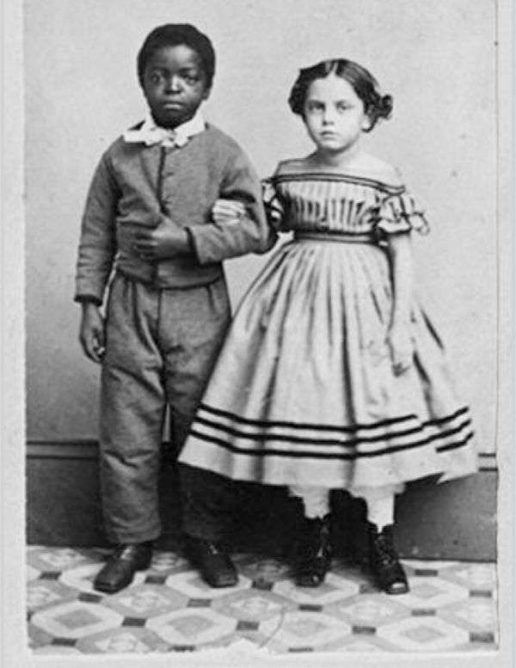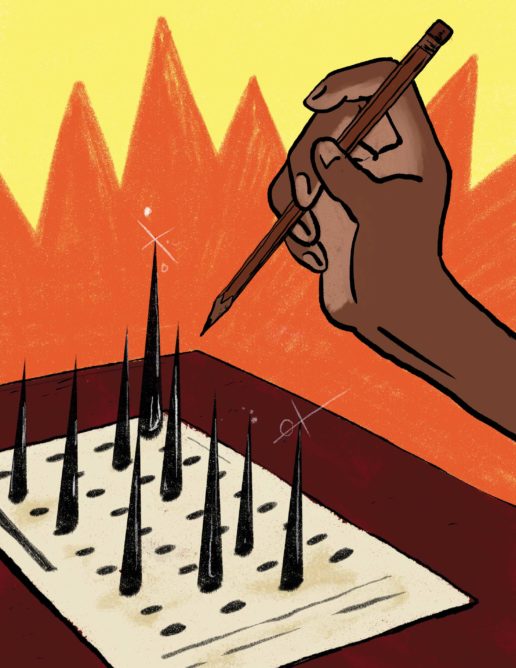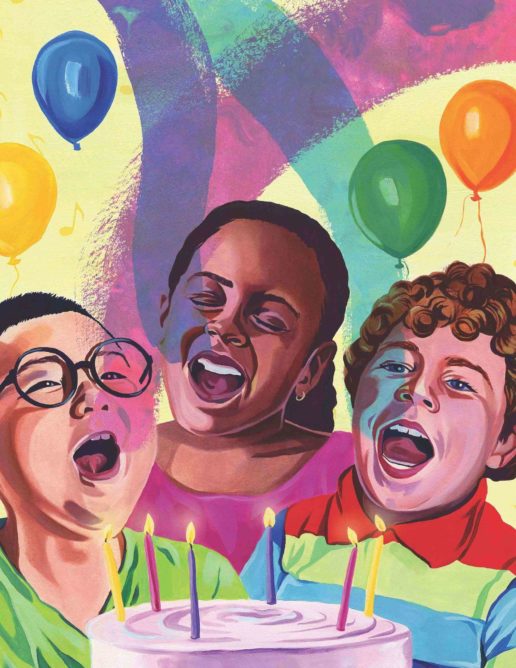Whiteness

Editorial: White Supremacy Is Not Color Blind
Supreme Court rulings affecting Louisville and Seattle could wipe out the last vestiges of the 1954 Brown decision.

Reconstructing Race
“Is Mr. Smith a White Guy?” I then changed the topic, volunteering to be a contemporary example. “OK, so the next question is: Is Mr. Smith a white man? Yes […]

Time to Get Off the Testing Train
While high-profile tests like the SAT are problematic, Karp argues that we need to end the routine standardized tests that plague students and teachers.

Racial Justice Is Not a Choice
High-stakes tests have not only failed to achieve racial equality in schooling, they’ve also made it worse for students of color.

How We Failed Nigel Shelby and Allowed the Abuse He Endured
A writer interrogates school culture and our collective role in the suicide of a gay 15-year-old 9th grader in Alabama.

Creating Bias Detectives, Blowing Up Stereotypes, and Writing Essays that Matter
“Part of the work of teaching students to read is teaching them to question not only the written word, but also the author,” Christensen writes in her article about teaching students how to confront writers whose stories erase the full truth and misrepresent people and places.

When Showing Up Isn’t Showing Up
A language arts teacher describes a school board debate in which she merely showed up, instead of showing up and fighting for communities of color.

Our picks for books, videos, websites, and other social justice resources 33.3
Check out these valuable resources, reviewed by Rethinking Schools editors and Teaching for Change colleagues.

How Should We Sing Happy Birthday?
A kindergarten teacher looks at birthday celebrations in her classroom and whether all of her students’ home languages and rituals are being uplifted.

Honor Their Names
Students’ names are the first thing teachers know about the young people who enter our classrooms; they can signal country of origin, gender, language. Students’ names provide the first moment when a teacher can demonstrate their warmth and humanity, their commitment to seeing and welcoming students’ languages and cultures into the classroom.

Doing Race Talk with Teachers
A teacher-educator describes how she keeps her students talking about race, even when it’s uncomfortable — and shows how those conversations make better teachers.

Welcome Poems Trump Hate
A teacher creates a welcome poems lesson to celebrate the diversity of students — and with students.

Vivian Gussin Paley: An Appreciation
She was most at home in the company of little ones, exploring and questioning, checking things out, conducting everyday experiments arm-in-arm and shoulder-to-shoulder with the young. Children recognized her as a fellow traveler, took to her naturally, and invited her to join them on their endless searches and excursions. She never refused them, and willingly followed along — their magical, luminescent teacher. On July 26, 2019, the light went out, and Vivian Gussin Paley passed away.

Who Is Allowed to Teach Spanish in Our Public Schools?
The director of a world language teacher preparation program argues for an end to the edTPA because it bars native Spanish speakers from public school classrooms.

A Colonizing Agenda
Janice Jackson interviews Rethinking Schools editor Wayne Au about the failure of Bill Gates’ educational initiatives.

“Love Is Shining in My Heart for You, Dear Haiti”
“Haiti is one of the poorest countries in the world.” That’s the only thing this Haitian American teacher remembers being taught in school about her family’s country of origin. She calls for a revolution in how educators teach Haiti.
Seeing Ourselves with Our Own Eyes
A special education teacher uses poetry to help her middle school students write their own narratives and celebrate themselves.
Howling at the Ocean
A first-year teacher struggles with what it means to be a social justice educator.

Teaching SNCC: The Organization at the Heart of the Civil Rights Revolution
Teaching the history of the Student Nonviolent Coordinating Committee helps students see the Civil Rights Movement as being fueled by thousands of young people like themselves instead of a few charismatic leaders. “Without the history of SNCC at their disposal, students think of the Civil Rights Movement as one that was dominated by charismatic leaders and not one that involved thousands of young people like themselves. Learning the history of how young students risked their lives to build a multigenerational movement against racism and for political and economic power allows students to draw new conclusions about the lessons of the Civil Rights Movement and how to apply them to today.”

Who Do I Belong To?
A teacher in a predominantly white school and classroom describes how she chose to protect and educate one of her Black students, rather than use him to educate her white students.
Black is Beautiful
A kindergarten teacher uses images, literature, poetry, and collages — as well as her own history — to challenge students’ implicit bias and preconceived notions surrounding the color black and to teach the lesson that Black is beautiful.
Unlearning the Myths that Bind Us
Students analyze cartoons from Popeye to Brave to see how media teaches children white- and male-supremacist ideas.

The Seattle Educators’ Strike
On Sept. 20, 2015, thousands of Seattle Education Association (SEA) members voted to approve a new contract with the Seattle Public Schools. The vote officially ended the strike, which delayed […]

We Begin to Know Each Other
An administrator describes the journey of her K-8 school as it welcomes a transgender 8th grader and the gender transition of another student.
